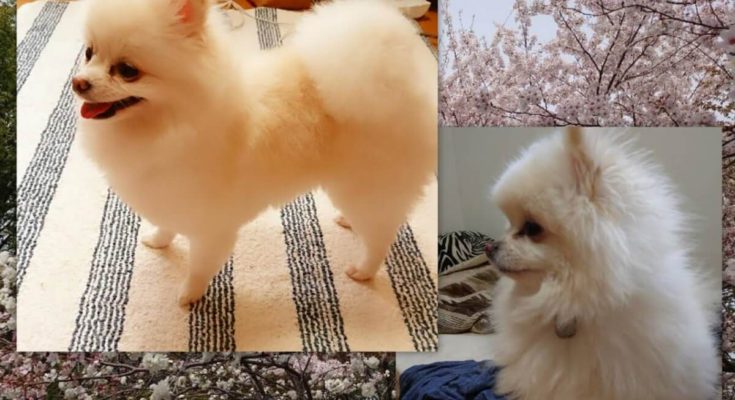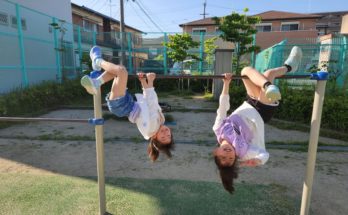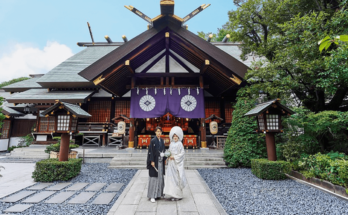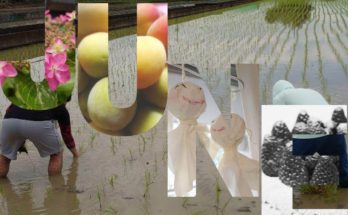As a lover of spring, I feel my heart leaping with excitement when spring arrives. Plants and trees sprout new shoots, and flowers bloom. It is the season that warm and gentle colors permeate our lives, replacing the cold and monotone world of winter. Naturally, we want to wear bright and pastel colored clothes and to go outside. Japan has beautiful words to describe spring. The words used to express the season such as Yamato-kotoba “大和言葉” and Kigo “季語”, which are the seasonal words used in Haiku poetry. Today I would like to introduce you to some of my favorite words related to spring.
Haru-urara 春うらら

As Japanese, even if you don’t know the meaning of the word “haru-urara,” doesn’t the mere mention of the word make you excited and feel bouncy? “Haru-urara” means the time when the cold air of winter is getting warm little by little and cherry blossoms start to bloom. Originally, the word “haru-urara” was derived from “haru-uraura:はるうらうら.” “Uraura” means the peaceful atmosphere of spring and the gentle sunlight.
By the way, what do you think of the caption picture? You may be wondering why I chose the dog picture for this article. This is my Pomeranian dog. Her name is “Urara うらら.” I chose her as the picture related to haru-urara.
Hana-hubuki 花吹雪

The word “hana-hubuki” is used in haiku to describe the petals of a flower falling as if it were blowing snow. In Japan, the word “hanabuki” has been used since ancient times to refer to cherry blossoms, and hana-hubuki means cherry blossoms in full bloom that fall in the wind.
Hana-ikada 花筏:はないかだ
There are three meanings of the word “hana-ikada.”
1. On the Water

The word “Hana-ikada” is an expression that compares the flow of cherry petals scattered on the surface of the water to a series of rafts. The petals of a cherry blossom in full bloom falling and filling the surface of the water as they drift by are said to express transience and change.
2. On the Leaves
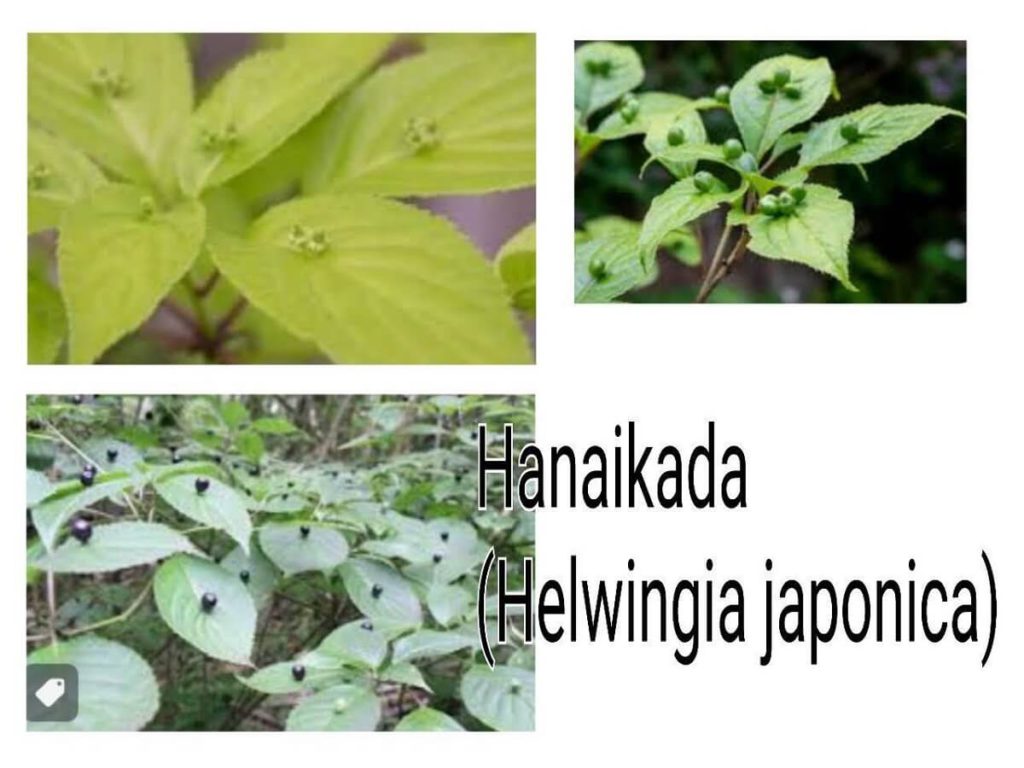
A deciduous shrub with flowers and round berries on its leaves .It is an interesting plant that looks like a boatman on a raft.
3. Flower patterns: Hana-ikada-mon 花筏文
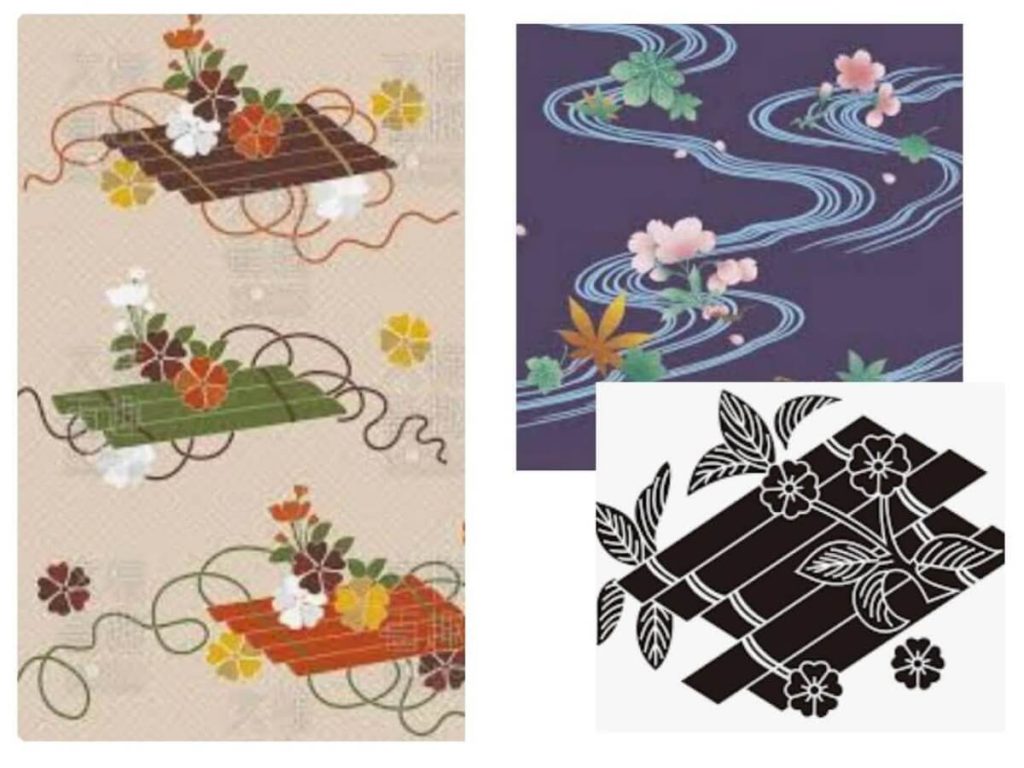
This design is used for a kimono pattern. The design of the raft is depicted with flowering branches. It also expresses the elegance of the Japanese people who put flowers on a raft.
Hana-gumori 花曇り

This word “Hana-gumori” describes a cloudy sky during cherry blossom season.
In hana-gumori, the sky is covered with gray clouds and appears bright and cloudy with a faint white veil. It is said that the word “hana-gumori” originated from the Japanese people’s feeling of sadness at the sight of cherry blossoms under cloudy skies, thinking, “It’s a pity that the sky is cloudy when it is the time for cherry blossom viewing, which comes only once a year.
One and Only Beautiful Language
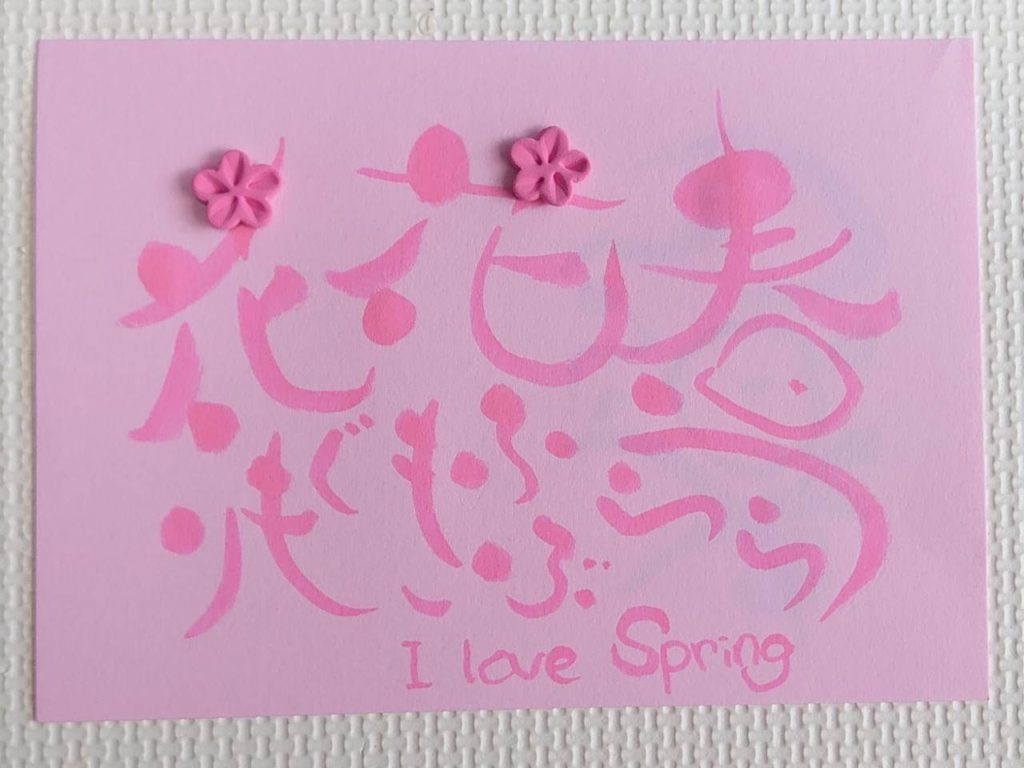
There are many words that bring a scene to mind when we hear them. In particular, in haiku and tanka poetry, which are unique to Japan, these words were probably created in order to express scenes and emotions within a small number of characters (17 for haiku, 31 for tanka). I think that I would like to cherish these words, though they can’t be easily used in everyday conversation. I love beautiful Japanese words that can bring a scene to mind or warm the heart with just one word. I think it is also a really interesting language that has different words at the same time, including the omission of words introduced in my previous article. I would like to preserve this beautiful and emotionally rich Japanese language.
Why conbinis are really called conbinis? – How To Japan
I would like to introduce some of my favorite beautiful Japanese words in summer, autumn, and winter in my future blogs.
I’m a clay artist, and a master of Japanese calligraphy “Onore-sho”. I have my own shop in Ikaruga town, Nara, which is near Horyuji temple: world heritage site. And I’m a volunteer English tour guide. I enjoy learning English everyday.

